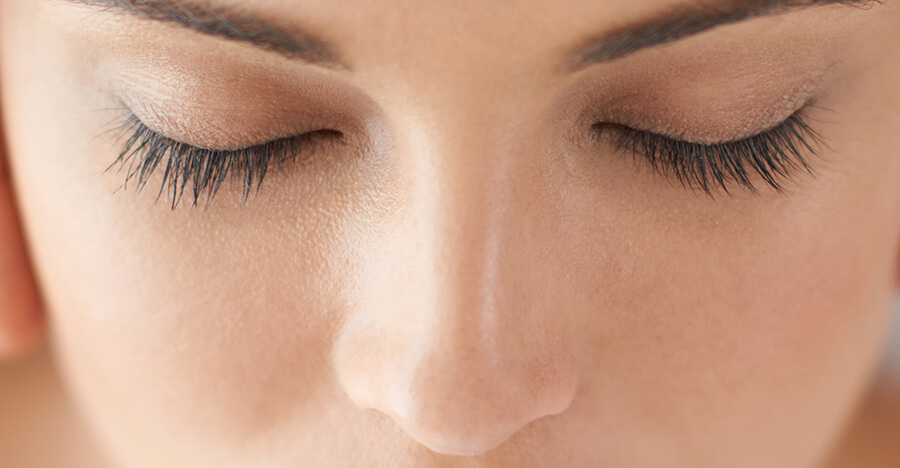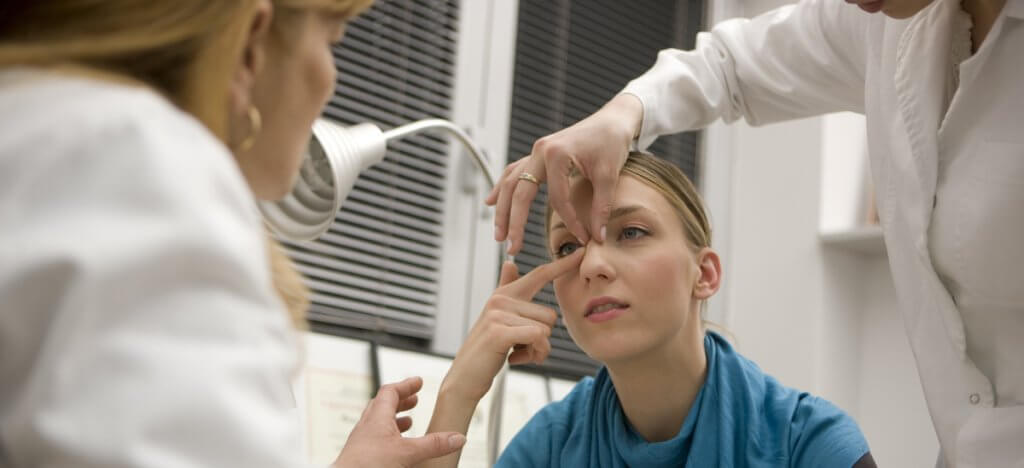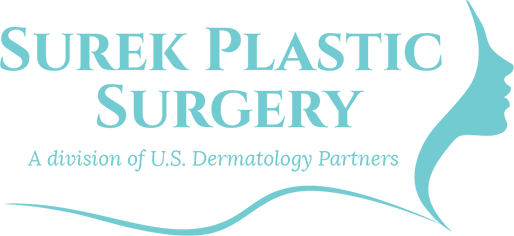(913) 754-4939
7901 W. 135th Street, Overland Park, KS 66223
Rhinoplasty

Model pictured is not an actual patient.
Rhinoplasty, also known as nose reshaping surgery, restores a cosmetic balance to the nose. Patients seek rhinoplasty for various reasons, including correction of breathing, previous trauma, cleft lip and palate deformities, and congenitally large or misshapen noses. Cosmetic rhinoplasty, often called a nose job, primarily focuses on the tip and bridge of the nose.
What Are the Different Kinds of Rhinoplasty?
There are variations of the surgery, such as tip rhinoplasty for people with tips that are boxy, bulbous, hanging or droopy. This procedure often costs less and is less involved than a complete rhinoplasty. Another option is non-surgical rhinoplasty, a procedure performed in the office that injects tissue fillers into the nose with the goal of reshaping the nose.
A complete rhinoplasty may correct the tip of the nose as well as dorsal humps or caved-in nasal bridges. Breathing problems caused by a crooked or deviated septum may also be corrected at the same time.
Am I a Candidate For Rhinoplasty?
A good candidate for rhinoplasty needs to have a realistic view of their own image and beauty, with mental and emotional confidence and security. Patients must be in good physical health, with issues such as chronic sinusitis and allergies already addressed.
For all elective surgeries, we recommend that patients:
- Are aware of the known negative effects of any surgery, including pain, cost, recovery time and scarring.
- Are physically and emotional healthy. Surgery creates physical trauma, so it is important to be in good health before the procedure to ensure strong healing.
- Patients should have support systems in place at home and at work.
- Are non-smokers, as nicotine delays the healing process.
Additionally, for rhinoplasty procedures, we recommend that patients:
- Be at least 15 (women) and 17 (men) to allow for physical maturity of the facial skeleton, as well as emotional maturity.
- Understand that rhinoplasty is a demanding surgery. A patient who expects perfection will not be a good candidate.

Model pictured is not an actual patient.
What should I expect during the consultation?
The process begins with a consultation with Dr. Surek and his staff. You will be asked to discuss your medical history, including surgeries, injuries to the nose, allergies, and any decongestant sprays that you use. You will also share your goals for the surgery. It’s helpful if you’ve studied the shape of your nose before your visit and if you bring in image noses that you like. If you have had trauma, such as a broken nose, please bring photographs of your face from before the injury.
As part of the visit, Dr. Surek will evaluate the internal structures of your nose. Photos will also be taken and used for planning in the event you choose surgery with our office. After the exam, Dr. Surek will describe which procedures he recommends.
At the end of the consultation, you’ll be given an estimate of costs, including fees for the facility, anesthesia and surgeon. A portion of the cost of rhinoplasty is often covered by health insurance. This is determined by the cause of the deformity and the nature of the correction.
You will also schedule a second, no-cost consultation to review the photographs and anticipated results of the procedure recommended by Dr. Surek.
How is Rhinoplasty performed?
The surgery is performed in an accredited surgical facility. Some procedures can be conducted while the patient is sedated and treated with local anesthesia, but most patients choose general anesthesia. You will be provided with explanations of all the options, and Dr. Surek will help to guide you.
Dr. Surek can use either a closed or open technique, though most often he prefers the open technique. This requires a small incision at the base of the nose so that the skin can be lifted gently away. This allows Dr. Surek to better see the underlying structures that shape the nose, allowing for more precise sculpting.
Before surgery begins, patients receive intravenous medications, including antibiotics. In most cases, nasal packing is not required following the surgery. In a few cases, an external splint is placed on the nose.
You will return to our office the next day for your first follow-up appointment. Contact us today for a consultation!


